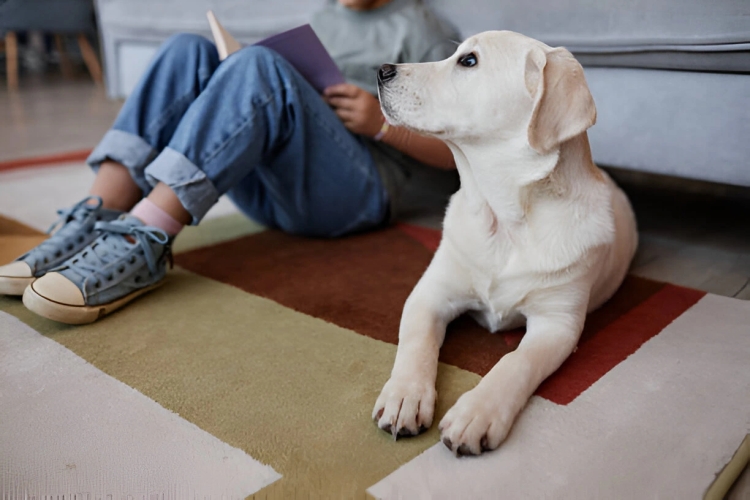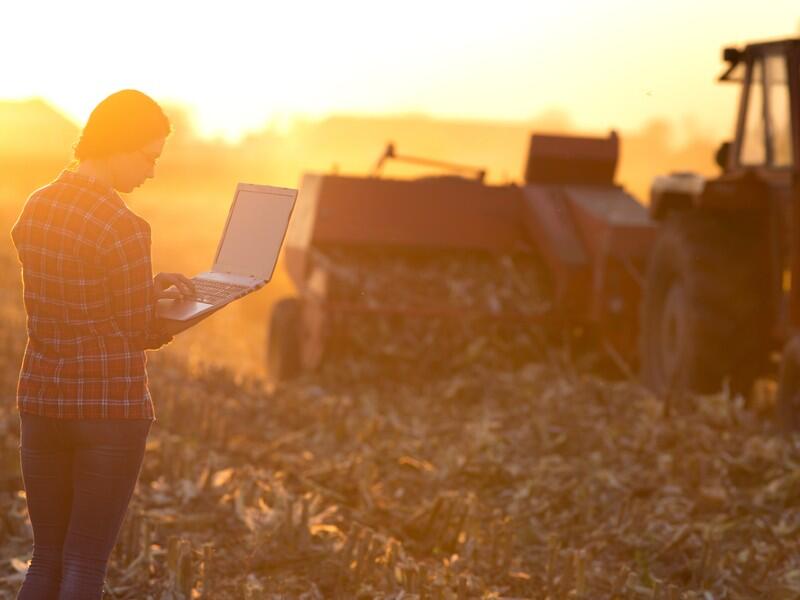How to Potty Train a Puppy: A Step-by-Step Guide
Potty training a puppy is one of the first and most important lessons new dog owners must tackle.

Potty training a puppy is one of the first and most important lessons new dog owners must tackle. A well-trained puppy will not only have better hygiene habits but will also build a stronger bond with its owner. In this guide, we will cover the essential steps on how to potty train a puppy effectively.
Understanding the Basics of Puppy Potty Training
Before diving into the process, it is crucial to understand that consistency, patience, and positive reinforcement play a significant role. Puppies have small bladders and need to relieve themselves frequently, especially after eating, drinking, sleeping, or playing.
How to Potty Train a Puppy in Simple Steps
How to potty train a puppy is one of the first and most important things you'll teach your new furry friend. It requires consistency, patience, and positive reinforcement. Here's a breakdown of simple steps to help you succeed
1. Establish a Regular Feeding Schedule
A consistent feeding schedule helps regulate a puppy’s digestion, making potty breaks more predictable. Feed your puppy at the same times each day to establish a routine.
2. Choose a Designated Potty Spot
Take your puppy to the same spot every time they need to go. This reinforces the habit and helps them associate that area with relieving themselves.
3. Use a Crate for Training
Crate training is an effective way to potty train a puppy. Dogs naturally avoid soiling their sleeping areas, so keeping them in a crate when unsupervised can prevent accidents.
4. Take Frequent Potty Breaks
Puppies need to go out frequently. A general rule of thumb is to take them out every 1-2 hours, as well as after meals, naps, and playtime.
5. Use Positive Reinforcement
Praise and reward your puppy immediately after they potty in the right place. Treats, verbal praise, and petting reinforce good behavior and encourage them to continue following the routine.
6. Watch for Signs That Your Puppy Needs to Go
Recognizing signs like sniffing, circling, whining, or suddenly stopping play can help you prevent accidents. Take them outside immediately when you notice these behaviors.
7. Handle Accidents Calmly
Accidents are inevitable during the potty training process. If you catch your puppy in the act, interrupt them gently and take them outside. Avoid punishment, as it can create fear and confusion.
Troubleshooting Common Potty Training Issues
What If My Puppy Won't Potty Outside?

If your puppy refuses to go outside, try making the potty area more appealing. Use treats, praise, and patience to encourage them.
How to Handle Nighttime Accidents
To prevent accidents at night, take your puppy out just before bedtime and limit water intake in the evening. If necessary, set an alarm to take them out during the night.
What If My Puppy Keeps Having Accidents Indoors?
Reassess your schedule and ensure you’re taking your puppy out often enough. Clean accidents thoroughly with an enzymatic cleaner to remove scents that may attract them to the same spot.
Final Thoughts on How to Potty Train a Puppy
Potty training a puppy requires dedication and consistency, but with the right approach, most puppies can be trained within a few weeks. Stay patient, reward successes, and adjust your training as needed. Following these steps will help you successfully teach your puppy proper potty habits.
What's Your Reaction?


















